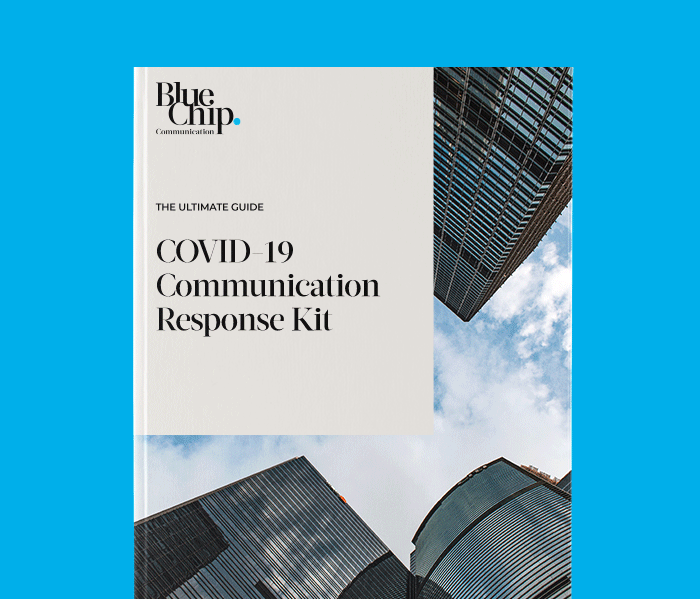2019 is shaping as a year of great reform in financial services. Following a harrowing Royal Commission the industry is now bracing for yet more change.
Industry reform is, by its nature, complex and difficult to communicate. There will never be full consensus on every change and when business models are under siege, or significantly affected, stakes are high and emotions higher.
In uncertain times, leaders in the financial services industry could do worse than taking a leaf out of Winston Churchill’s book. From the earliest days of World War Two, throughout the horror and fear of the Blitz and as the Allies teetered on the brink of defeat and occupation, he maintained constant contact with his people, boosting morale and staving off mass panic by shaping a winning narrative. The factual content of many of his communiques? Very low. The benefits of reassurance, stability and trust they promoted? Very high.
Therein lies the lesson.
While certainly not WWII, the Hayne Royal Commission has been a financial services showstopper of sorts. As we await the release of the Commission's final report and recommendations, uncertainty about the future is the order of the day. It’s going to take time, collaboration and courage to map and then tread the path ahead.
But, as Churchill well understood, uncertainty and lack of information are reasons to communicate more with your people, not less. Likelihood is, they are more at sea than you are.
If you are serious about retaining the business, service and loyalty of clients, employees and other stakeholders during the likely reform process ahead, taking a leadership stance and setting up a good communications strategy for the year ahead is crucial.
Don’t think you have anything to report?
Then remember this and think again: in a vacuum your audience will make up its own version of the truth.
Here are some simple steps to fill the void and move you closer to achieving your business goals through good communication.
1. Start with your end in mind
Articulate clearly what you are hoping to achieve from a business perspective and consider an appropriate time frame. Divide the timeframe into stages: the immediate, short, medium and long term.
2. Identify your stakeholders
Identify your stakeholders. Who will be affected by the change or news? These may include employees, clients, customers, peers and suppliers, regulators, and media where appropriate.
Ask: what do I want my stakeholders to think at each stage? How do I want them to behave? And, crucially, what do they currently think and how do they currently behave?
Your answer to these questions will provide a focus for your planning and the backbone of your strategy.
3. Define the potential impact on them (where possible)
As soon as humanly possible, ask yourself whether individual reforms will have a positive, negative or neutral impact on each stakeholder group. Different reforms will have different outcomes for different stakeholders, so take the time to list all of these in as much detail as possible.
4. Develop key messages for individual stakeholders
In the light of the likely impact of industry changes, use your knowledge of current mindsets and how you would like your stakeholders to think and act to develop key messages. These should enhance your audience’s understanding of where they (and you) stand and what they should expect. This could range from a reassurance: “We know no more than you at this time but please be assured we are working on it and will let you know as soon as we have news” to a more detailed message. Simple is best.
5. Anticipate questions and answer them in advance
Consider questions stakeholders are most likely to have and develop answers in line with your key messages. These will range from questions about the meaning of specific reforms, to questions about how best to implement them. And remember, a “We don’t yet know but will keep you informed” is better than no answer at all.
Thinking through your responses before the questions are asked is a great way of making sure all communication is clear and consistent. And that you can respond in the most helpful way.
6. Consider a fact sheet
When communicating detailed information, a fact sheet which summarises what is known so far can be very helpful, because it can keep all the pertinent information in a summary form, and in an accessible format.
How you intend to get your message across should be factored in as you develop your messages. And this must be directed in line with the preferred channels and habits of your various audiences. There’s no point shouting from the rooftops if your audience is in the basement.
Know that while you can’t change the reforms, or make everyone happy, if you at least communicate the complex issues clearly, frankly and with sensitivity to your audience’s drivers and pain points, you will go some way towards keeping everyone calm. It worked for Winston.
Download BlueChip’s COVID-19 Communication Response Kit, a practical guide to help you act, communicate and lead with more certainty. It provides communication and crisis management tools specifically developed for financial services CEOs, leadership teams and coronavirus response teams.
If you’d like to discuss adjusting your communication strategy for the current times, please call us or fill out our contact form here.













